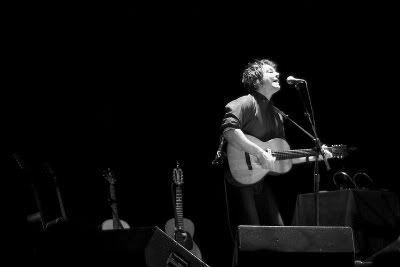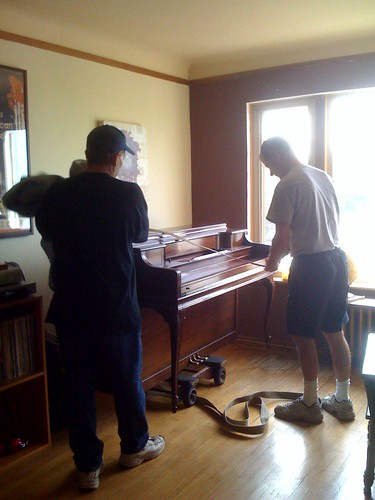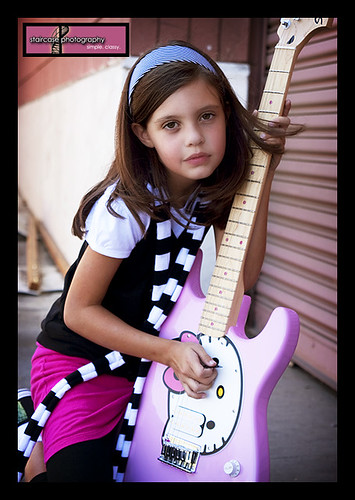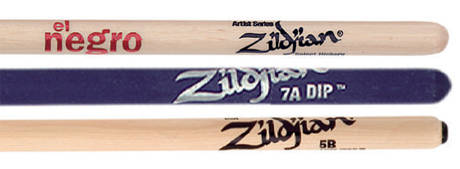
Buying a new guitar is always an exciting process for the beginner or experienced guitarist. A basic knowledge of the instrument and an assessment of your musical goals will help you make a wise purchase, a purchase you can enjoy for years, perhaps even a lifetime All guitars produce sound through the vibration of the strings. Classical guitars transmit the vibration of the string to the soundboard via the saddle and bridge. The combined resonance of the strings, saddle, bridge and soundboard are, in turn, amplified in the sound-box or body of the guitar. The design and quality of the, saddle, bridge and soundboard have a major impact on the guitar's sound.
Have in mind before buying…
Nylon produces a round, mellow sound and is the preferred sound for classical, Low, medium, normal and hard tension strings create a tension up 75-90 pounds. Less string tension makes a classic guitar easier to play. The fingerboard, 50-52 mm at the nut, provides room for intricate finger picking. The longer string, 650-655mm length from saddle to nut enhances the bass response and sustain. The classical guitar body style is smaller than most other acoustic designs which make the instrument easy to handle and feel. Always remember, when buying a handmade guitar, you are buying a live instrument. Temperature and humidity are the main factors to ruptures and instrument deterioration if not cared according to the maker's instructions.
See" taking care of your guitar" below.
Setting Goals
What are your goals? Are you anticipating a serious hobby or majoring in
music? If so, buy the best solid top guitar you can afford. An inexpensive guitar is a good choice if your goal is merely casual enjoyment for a semester or so (or if you're really poor!). Do you need to be amplified for church or stage? If so, an acoustic-electric classical will afford maximize versatility. Before shopping, decide on a budget so the dealer can show you guitars in your price range.
Trying Out a Guitar - Action
Each guitar is unique in feel due to variations in neck thickness and shape. If the neck is comfortable, the guitar will be easier to play. The string height above the fingerboard--the action--also influences playing ease. The action may vary according to personal taste and playing style. High action is difficult to play but allows buzz-free high volume playing. Low
action is easy to play but buzzes during aggressive playing. A compromise between the two is best for most players. Fortunately, the action can be adjusted to suit your needs. If you are a steel-string player, remember that classical action is higher than steel-string action due to nylon's lower tension. Listen carefully to the timbre (tone color) of the guitar. A balance between dark and bright is the most versatile. However, timbre preference is subject to taste and playing style. If your right hand technique is on the bright side, a dark sounding guitar will help balance your tone. If you play without
nails, a brighter guitar will help bring out the upper frequencies. Play single notes throughout the guitar's range and listen to how they sustain. Listen to the relationship of the bass notes to the treble. The bass should be firm with a long sustain. However, the treble notes must be able to stand out in relation to the bass so you can project the melody. Finally, have someone play the instrument so you can judge the projection. What's the difference in sound between a $300 guitar and a $3000 one? Budget guitars are less resonate and have a smaller tonal and dynamic range than expensive guitars.
Workmanship
Whether you are a beginning or advanced player, a quality guitar is crucial to your success and enjoyment. A fine instrument is easy to play, exudes workmanship, and sounds resonant and responsive. A quality instrument inspires you to practice and excel as a musician. Buy the best guitar you can afford and it will greatly enhance your learning and enjoyment. Note the quality of workmanship in the seating and polish of the frets, the binding between the top and sides, and in the finish. However, in all fairness, you normally get what you pay for. Budget guitars cost less because cheap materials and lesser workmanship are used to trim costs. Budget guitars should be playable but will have numerous finish defects, unpolished frets, messy glue joints, unsanded bracing and poorly adjusted action (a good dealer will adjust the action if needed). Premium quality guitars will have a near perfect fit and finish of all components. Even the interior bracing will be neatly glued and sanded smooth! Before purchasing a guitar, confirm that the tuning heads turn smoothly and allow reasonable pitch control. Fortunately, cheap or broken turning heads are relatively easy and inexpensive to replace.
Price Ranges
Professional classical guitarists play instruments handcrafted by individual makers, e.g., Fleta, Hauser or Gilbert. Depending on the maker's reputation, these guitars cost $3,000 to $20,000. Guitars made by a specialized group of builders in a small shop cost from $1000 to $10,000 e.g., Ramírez, Hirade or Asturias. For most people these instruments are out of each.
Most beginners are looking for an inexpensive guitar. Buyer beware: most guitars retailing for under $100 are disappointing junk. Don't throw your money away on a cheap toy, pay a little more and get a real guitar. Really cheap guitars have
unacceptable compromises in design, materials and construction quality. Fortunately, there are many factory-made guitars costing from $150 to $300 that make fine beginning instruments.
Recommended Classic Guitars
These models are excellent values in their respective price ranges. Granada guitars from Sevilla- Spain range form $299- $499, Prudencio Saez - guitars form Torrent - Spain. range from $380 -$1,800. Amalio Burguet guitars- Catarroja- Spain, range fro, $999- $4,500.
article source







